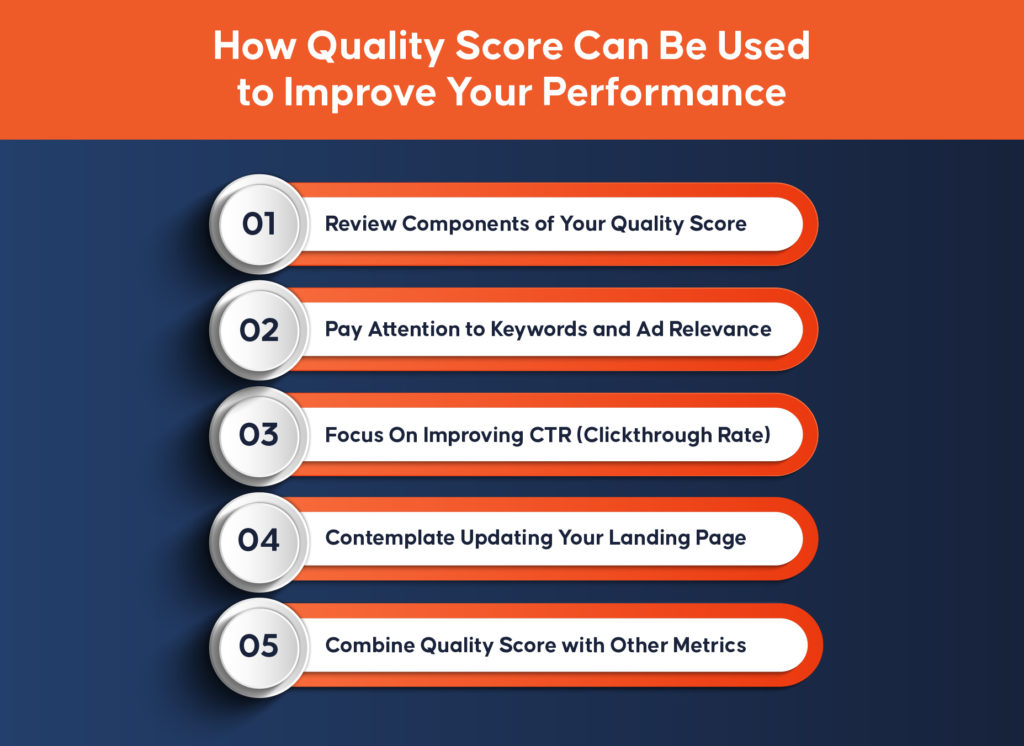Inquivix HQ
1-903, 18 Eonju-ro 146-gil,
Gangnam-gu, Seoul, Korea
06057

Ad quality controls how efficiently an ad performs. High-quality ads reach their target audience better, while ads with lower quality generate fewer results, and also cost higher with little return on investment. The importance of the ad quality is so much that it plays a significant role in whether your ad shows on Google search results or not, and whether the ad position is secured as well.
Ad quality is determined by an ad quality score, that is generated by three main factors related to ad quality. This blog will explore more in-depth what ad quality is, and how it is deduced. Read to understand how you can create ads that have a high ad quality, and why it is important to do so.
What Is an Ad Quality Score?
An ad quality score is a comparison of how well your ad performs amongst advertisements of other advertisers. Although it is not a KPI (key performance indicator), it is a great diagnostic tool to control the relevancy of your ads and landing pages displayed when users type in a keyword, and how this impacts the experience of users.

Using the ad’s quality score you can choose related keywords that perform well, which will help you improve ad quality must optimize quality scores range from 1-10, and a higher ad quality score will guarantee your cost per click, and conversion is reduced; the better ads served to consumers are! Google ensures you need to pay a lower cost, rank higher, and gain more exposure and higher rates of conversions as you improve your ad campaign.
Why is Ad Quality Important?
Why is ad quality so vital? Online advertising is practiced with the purpose of driving website traffic. If an ad has low-quality attributes the chances of your ad showing up on a search engine’s result lowers, which consequently lowers the ad ranking.
A Google ad’s quality score will help you identify the average performance of your ad auctions. To determine how an ad has performed about a specific ad auction in real-time, it is calculated through 3 main factors – click-through rate (CTR), ad relevance, and landing page.
Factors That Determine Ad Quality
We have established the importance of ad quality. Now we will run you through what factors evaluate the effectiveness of ads.
Expected Click-through Rate
The expected CTR is how likely users are of clicking your ads. This is calculated through the overall click-through rate of the keyword, the overall CTR of the matching ad, and also the overall CTR of the ad account used for these advertising services.
Ad Relevance
This factor is an evaluation of how relevant an ad is to users’ search intent as they browse search engines for what they are looking for. Creating ad text and copy that are relevant to the search intent of a user through targeted keywords will improve quality scores.

Landing Pages
A landing page is important because it is the page of your site that your ad auto redirects visitors to. The landing page is intended to positively impact the user’s experience so you must optimize your landing page.
Users should be able to navigate your site smoothly, the content should be helpful to the user, and you must have additional information such as links to other businesses’ sites, and more resources that they can explore. Also ensure the content on your landing page is relevant to the ad text displayed on your ads, which is crucial in showing the authenticity of your site not indulging in ‘clickbait’.
How Quality Score Can Be Used to Improve Your Performance?
This valuable tool can help you review your ads, filter the necessary keywords that perform best for your brand, and utilize these tools to create landing pages that serve your advertising efforts better. Here’s how the quality score of your ads can improve your performance.
Review Components of Your Quality Score
Review the 3 determinants: expected CTR, ad relevance, and landing page to see how they perform in aiding the goals of your brand. A status below these determinants, ranging from below average to above average, will help you identify where you should direct your efforts to improve your ads. What is crucial here is that you use these components to create content that enhances the user experience for your consumers.
Pay Attention to Keywords and Ad Relevance
If your ad relevance is poor, focus on improving the relevance of your ads by researching targeted keywords that correlate with your users’ search intent. Research about the various keywords and their consequent ad groups will split or combine an ad group into different ads to address all the possible search intents of users that would be interested in your brand. Even if your brand has a lot of services and products, you can use the keywords you’ve found and make ad groups for them based on them.

Focus On Improving CTR (Click-Through-Rate)
To improve your CTR, create ad content that is convincing and attractive. For example, focus on highlighting content that will perk the interest of a user, for example, “limited time offer”. Optimize the usage of resources like calls to action by making them more captivating and also related to your landing page.
Note that if your ad content is very specific, it might have a low CTR but a high rate of conversions and vice versa. This is because highly specified content is usually tailored to a certain segment of your audience. Striking a balance using this data will help improve the overall CTR of your ad account.
Contemplate Updating Your Landing Page
If your landing page’s status is average or below average, here’s what you can do. Filter your keywords to be very specific and direct a user directly towards what they need with ease. For example, if your users search for biscuits, make sure it is seamlessly connected to the landing page of your biscuit inventory. This will help a user easily find solutions to their problems. Also, make sure the language of your ad content and your CTAs are compelling and related to the subsequent landing page.
Combine Quality Score with Other Metrics
By combining your quality score with other benchmarking tools like conversion rates, engagement rates, and CTR, you can locate areas of improvement. Review your keywords that perform well with your quality score to find out how they can perform better by making changes to your landing page and ads. You can also use quality scores to avoid attributes that show poor rates of performance.
Conclusion
Ad quality depends on three factors: expected CTR, ad relevance, and landing page. Understanding the analytics behind how these affect ads and making changes to them can help you produce advertisements with a high-quality score. This corresponds to better engagement, brand awareness, and conversion optimization.
